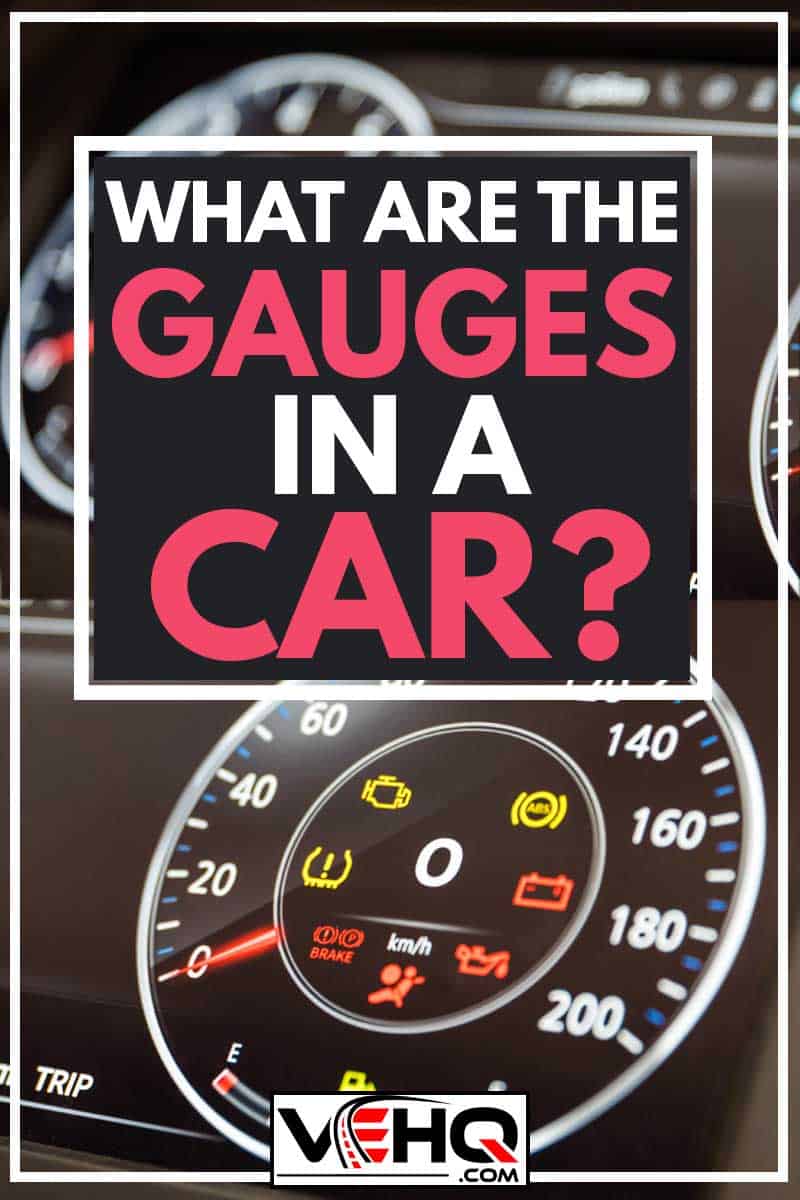Fixing a minor problem before it becomes a major one is an invaluable strategy for many things in life, and especially with cars. Cars are one of those things that many people completely rely on for day-to-day living. From getting to and from work to shopping for groceries and other necessities, most people's lives revolve around having access to a car.
With this dependence comes a degree of risk; if something goes wrong with your car, it can have a major effect on nearly every aspect of your life. Staying ahead of your car’s maintenance needs and addressing minor issues before they become major is crucial to ensuring your car’s longevity.
There are a number of diagnostic tools, most commonly the gauges, in your car that can help you recognize when issues are starting to arise. Knowing what gauges are is one thing; knowing what they mean is another. That’s why we’ve compiled this guide on what the gauges in a car are and how they work.
The gauges in a car are diagnostic tools that the car uses to display information about its various systems. The gauges are typically displayed on the dashboard of your car behind the steering wheel. The gauges in a car help catch fluctuations or issues before they cause serious damage.
Now that we know what the gauges in cars are, let’s examine some of the common gauges and what they mean about your car’s performance.
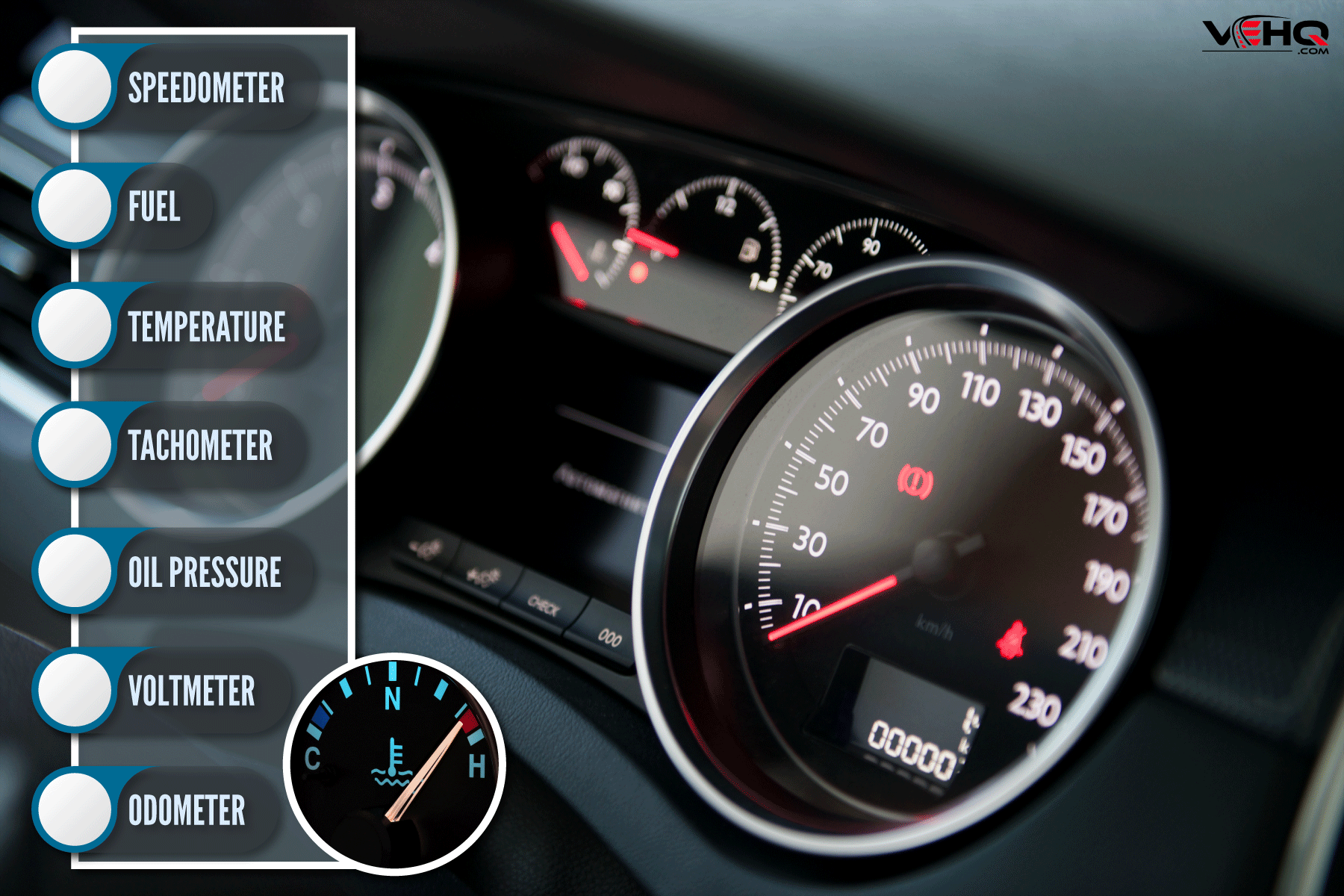
What Are The Different Gauges On A Car’s Dashboard?
The number of gauges on a car’s dashboard will vary depending on the vehicle’s make and model. However, there are a few basic gauges that come standard with every vehicle. If your car’s dashboard does not have a display for a specific type of gauge, that diagnostic will typically be displayed via a warning light if and when an issue arises. The most commonly found gauges on a car’s dashboard are:
- Speedometer
- Fuel
- Temperature
- Tachometer
- Oil pressure
- Voltmeter
- Odometer
Read on to see an in-depth analysis of these gauges, and how to use them to prolong your car’s life.
Speedometer
The speedometer is, along with the fuel gauge, the most common gauge. This is because (obviously, we hope) knowing how fast you are driving is vitally important to ensuring your safety and compliance with traffic laws. In the past, the speedometer was connected to a cable running into the transmission box. Modern speedometers, however, universally display speed using an electronic sensor that measures wheel speed.
An important consideration to keep in mind is that factory presets for speedometers are based on the vehicle’s stock tire size. Thus, if you are using aftermarket tires of a larger size than the original set, your speedometer may be giving you an inaccurate reading. Always be sure to have your speedometer updated if you change the size of your vehicle’s tires.
Fuel
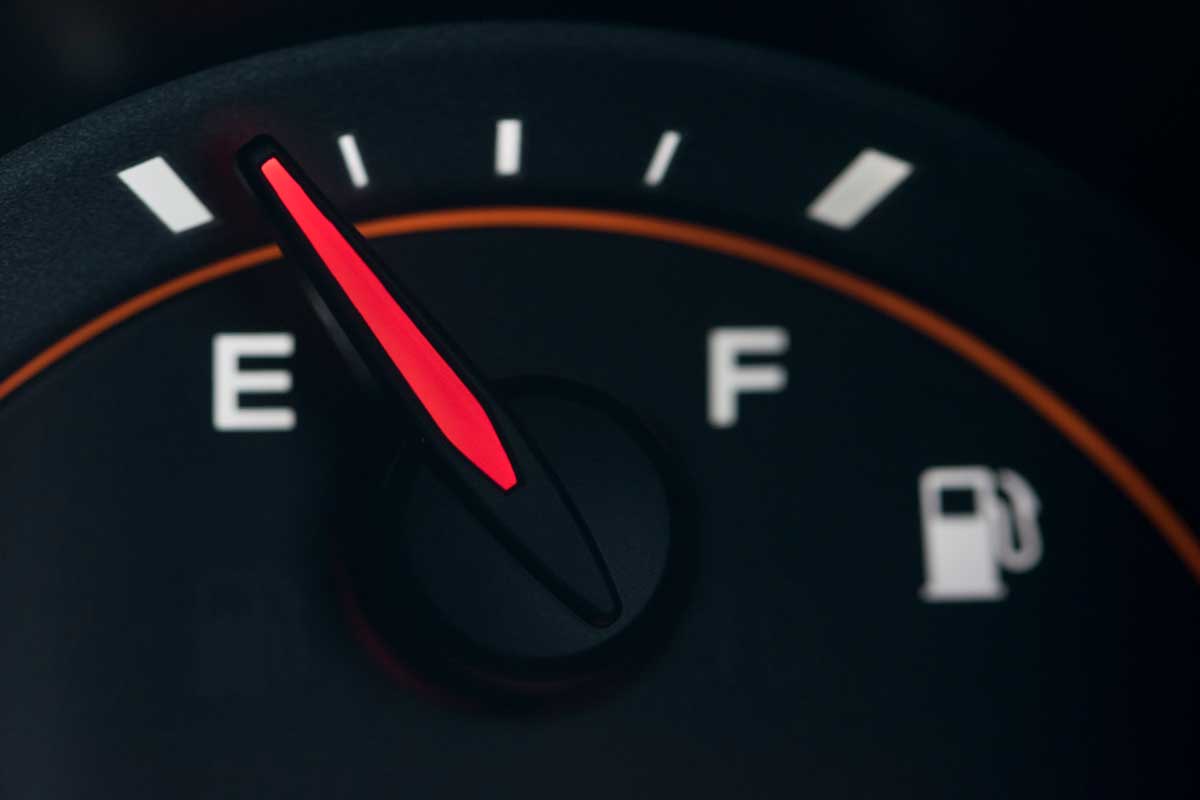
Along with the speedometer, the fuel gauge is the other universally found dashboard gauge. This gauge is displayed via a sensor located within the fuel tank itself. Because of this, the sensor can only give a fully accurate reading if the vehicle is parked on a flat surface.
When the fuel gauge displays below the E, or "empty" icon, this usually indicates there are just 1-2 gallons of gas left in your tank. Your fuel gauge will usually display a warning light at this time, reminding you to get gas as soon as possible before you run your car to empty.
Reading the fuel gauge is vital not only to keep you going where you need to go but ensuring your car’s longevity. It is highly recommended to always drive with at least ¼ of a tank of gas. Operating your vehicle with less than this amount of fuel can cause the fuel pump to overheat, potentially damage the mechanism.
Temperature
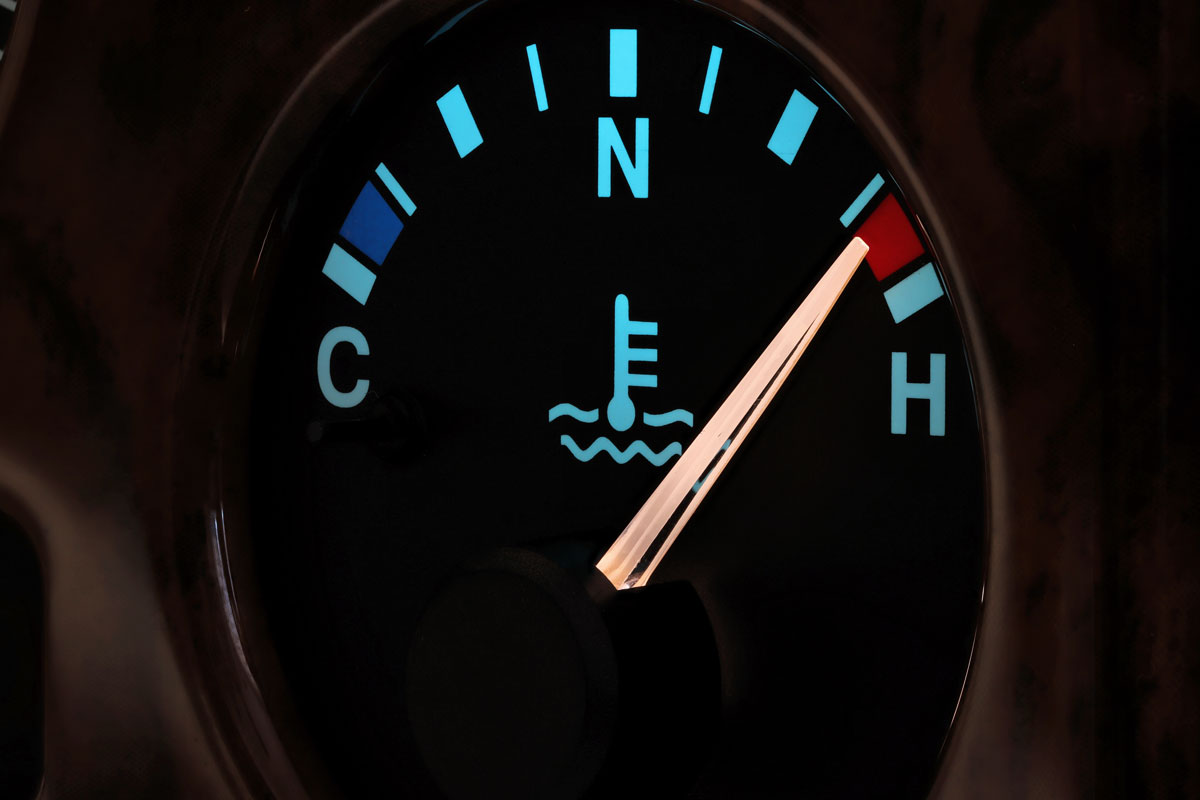
The temperature gauge measures the internal temperature of the engine’s coolant. Staying aware of your car’s temperature gauge is crucial; any abnormal change in temperature can cause serious damage to your car’s engine fast.
Your car’s coolant system is designed to work in all conditions, but in older cars or extreme heat sometimes the coolant system cannot keep up. If you notice the temperature gauge moving away from the normal range and into the dangerously hot section, pull over and allow your engine to cool before continuing driving.
Engine overheating can be caused by a number of factors, from a malfunctioning radiator to a leak in the coolant system itself. It’s highly advised to always carry extra coolant in your vehicle in case of a leaking system that could leave you overheating and stranded. Check out our guide on why your car overheats when idling to see how reading this gauge can help you diagnose your car's issues.
Tachometer
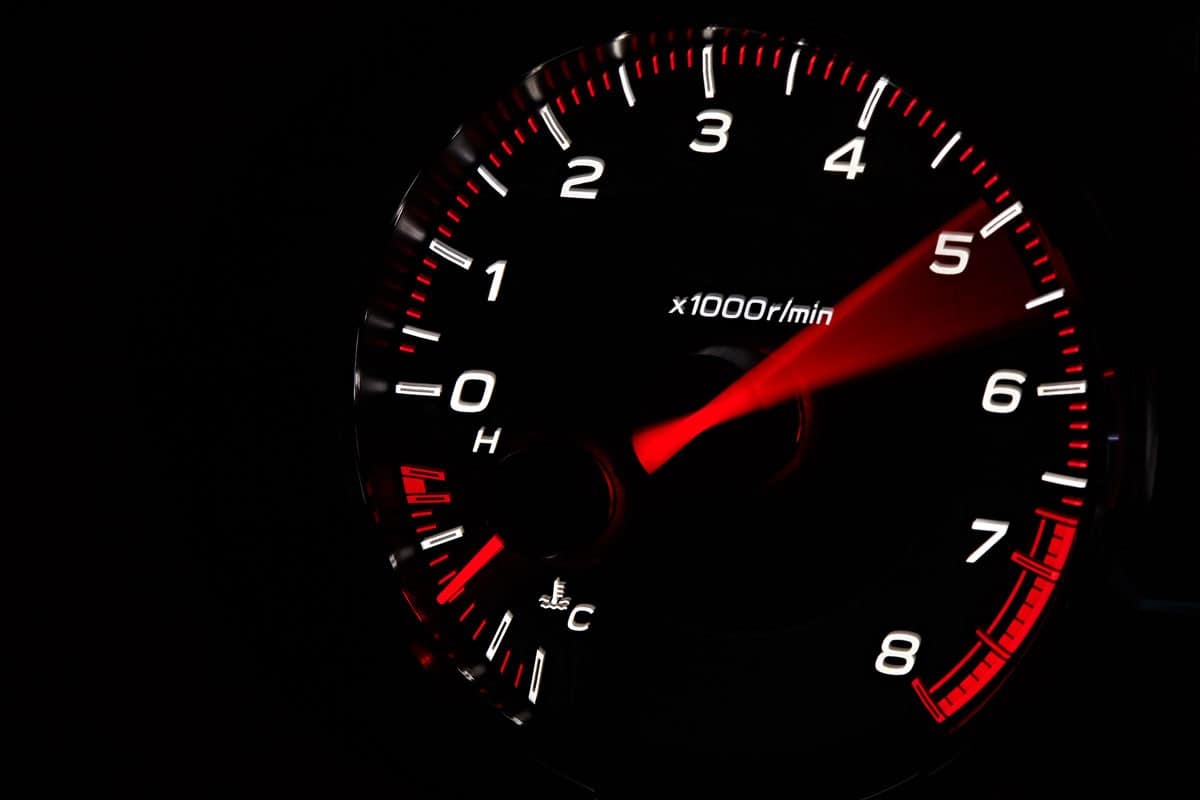
The tachometer is the dashboard gauge that displays your car engine’s RPM or revolutions per minute. The RPM is an indication of how fast your engine is turning. The RPM is typically displayed via a single digit, such as 1, 2, 3, etc. This number is multiplied by 1000 to get the actual RPM, such as 1000, 2000, 3000, etc.
While the tachometer is invaluable to drivers of cars that have a standard, or manual, transmission, this gauge is not as useful to drivers with automatic transmission. For drivers with a standard transmission, paying attention to the tachometer can help you stay aware of the optimal times to shift gears for fuel economy and performance.
While most useful for drivers with a standard transmission, the tachometer can be important to pay attention to for all drivers. Much like other gauges, the tachometer displays a normal and dangerous range. You should never cause your engine to turn so rapidly that the gauge moves into the red, or dangerous, zone.
Oil pressure
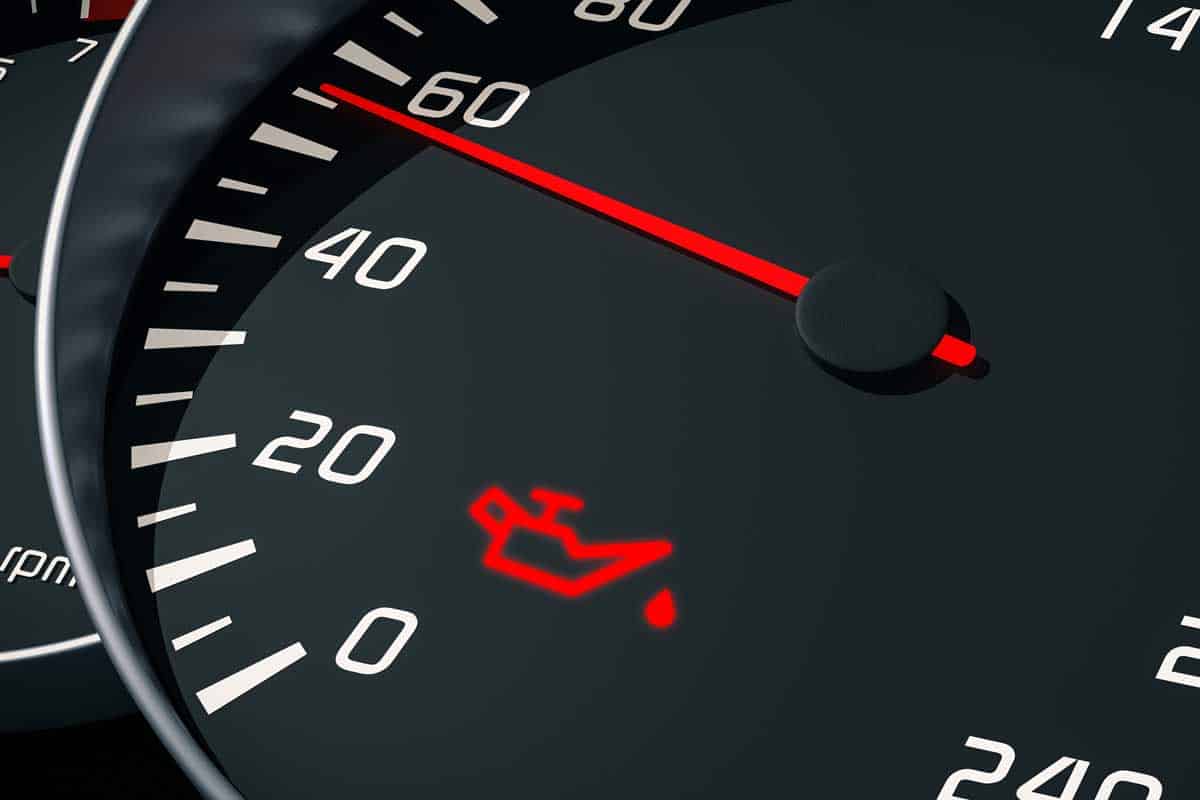
The oil pressure gauge measures oil pressure in terms of pounds per square inch. Ensuring your car is operating with sufficient oil pressure is crucial; running an engine with insufficient pressure for just a short time can damage or even destroy the engine.
An actual gauge for oil pressure is not as common as some other dashboard gauges, but in place of a gauge, other vehicles will display a warning light when oil pressure is too low. Changing your oil at regularly scheduled intervals is highly recommended in order to keep your car running smoothly and address any issues in the vehicle’s oil pressure system.
Check out our guide on what happens if your car runs out of oil while driving to see how important it is to monitor this gauge.
Voltmeter
The voltmeter is a part of the charging system of your vehicle. While still important for your vehicle’s longevity, if there's a problem with this system you can typically drive a bit farther in order to get assistance, unlike other warning gauges that require you to stop immediately to prevent serious damage.
A car’s voltmeter is a 12-volt system. Your car’s battery is used to start the engine up and is recharged while driving by the engine’s activity. When fully charged, a car battery will typically read 12.5 volts when the engine is turned off.
With the engine running, a voltmeter display of 14-14.5 volts is considered to be within normal operating levels. If the voltmeter displays numbers out of these ranges, you should have your car’s charging system and battery inspected for damage.
Now that we’ve examined some of the most commonly found gauges in a car, let’s answer some additional questions you might have.
How Do Car Gauges Work?
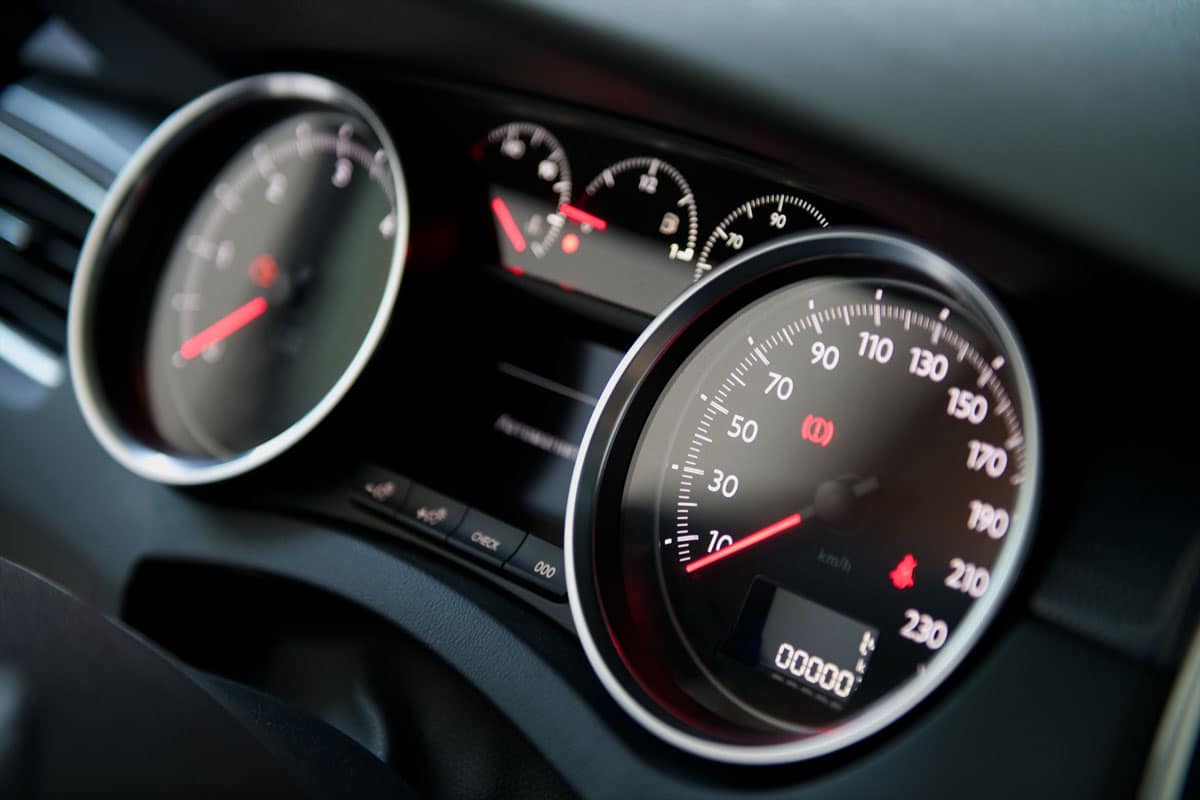
Car gauges work by displaying information from the various systems in your car on the dashboard. Modern car gauges are displayed via electronic systems connected to sensors throughout the car.
Which Gauges Are Most Important?
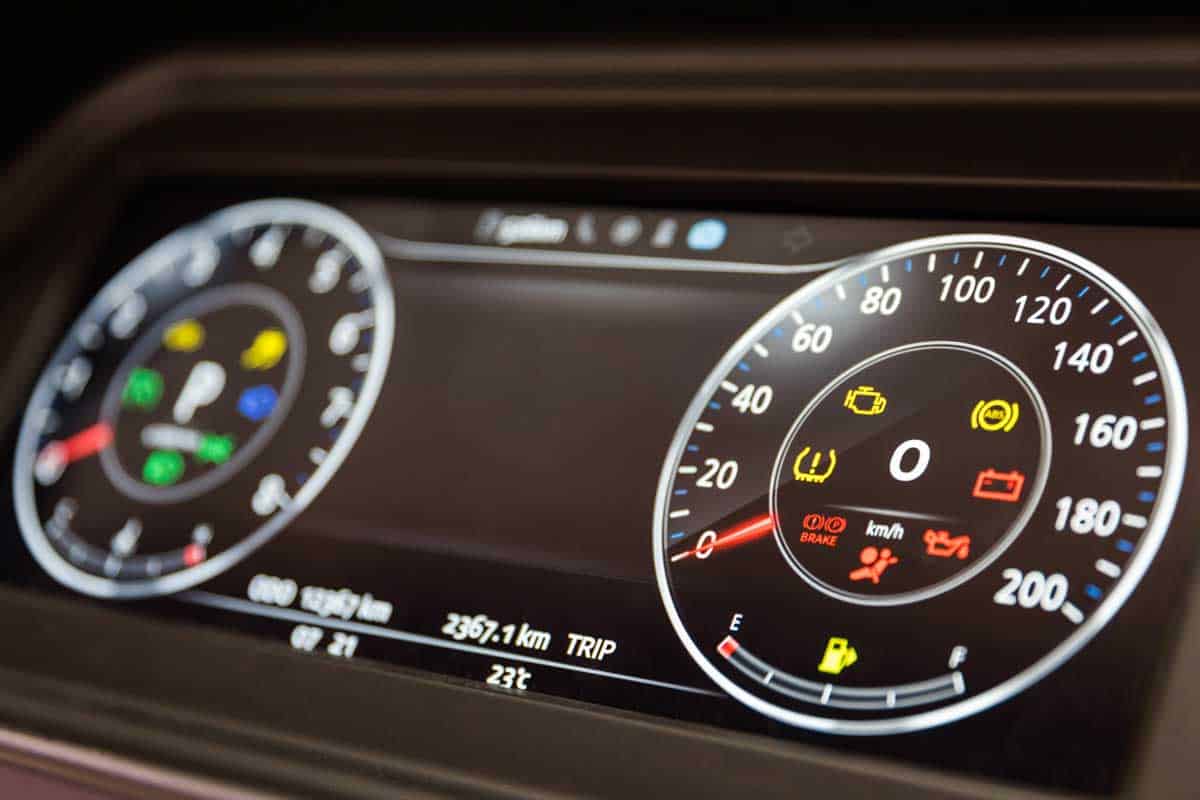
This will vary based on the type of vehicle you're driving and it’s mechanical status. Generally, the most important gauges are the speedometer, fuel gauge, and temperature gauge.
What Is An Odometer?
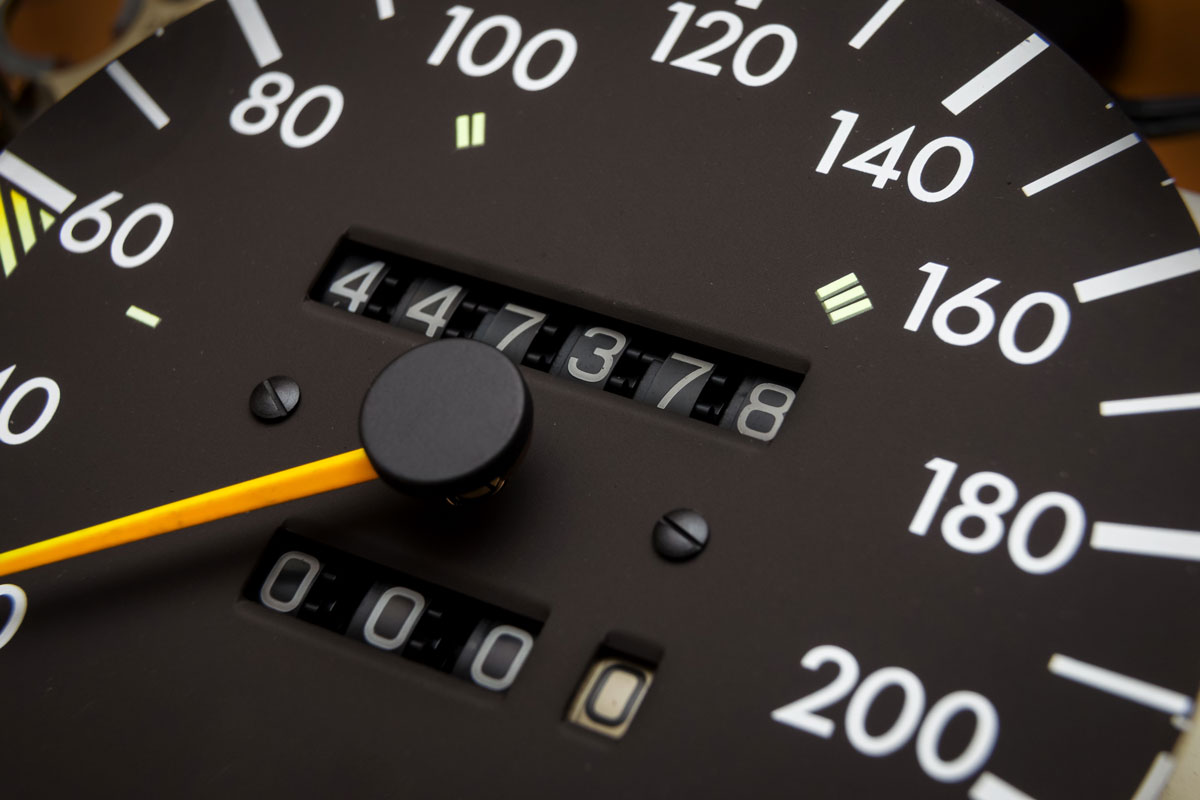
The odometer is a gauge that displays the total miles the car has been driven in its lifetime. It is illegal to alter this reading, and it is almost always necessary to have a working odometer in order to register or sell a vehicle.
How To Keep Gauges Clean?
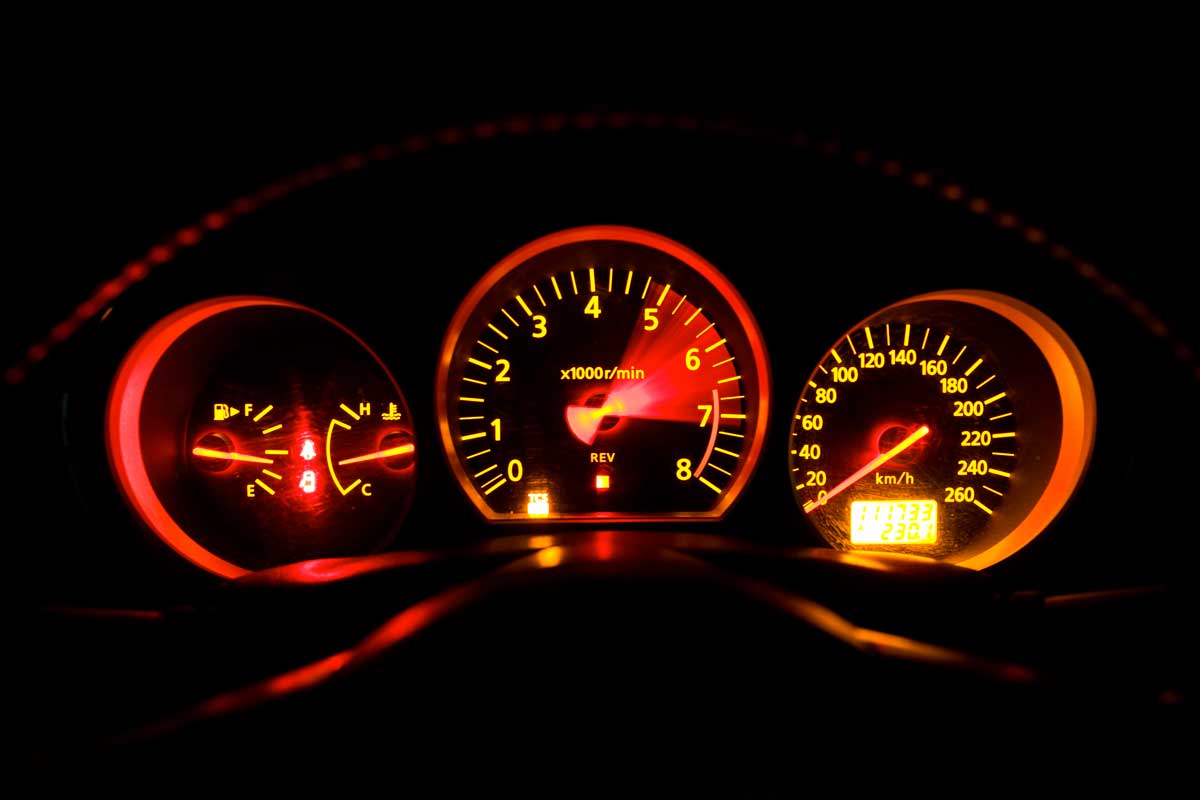
Because most gauges are electronic sensors these days, they should only be cleaned by a licensed diagnostic technician. However, you can clean the plastic covering over the dashboard display much like you would any other surface in your car.
After reading our guide on car gauges, we hope you better understand the various gauges and how to read them to keep your car running strong. Paying close attention to your car's diagnostic system is an invaluable habit for drivers of all types of vehicles.
